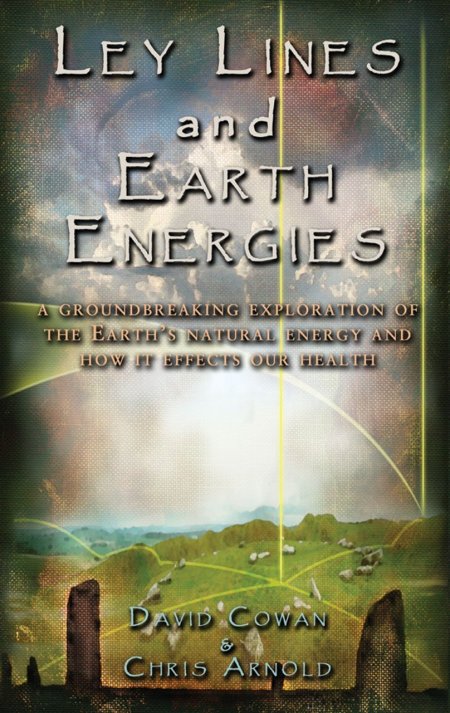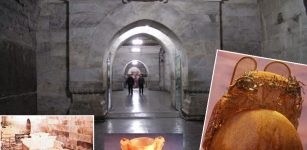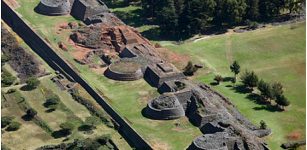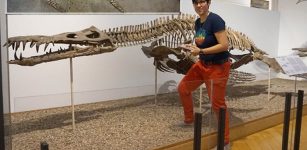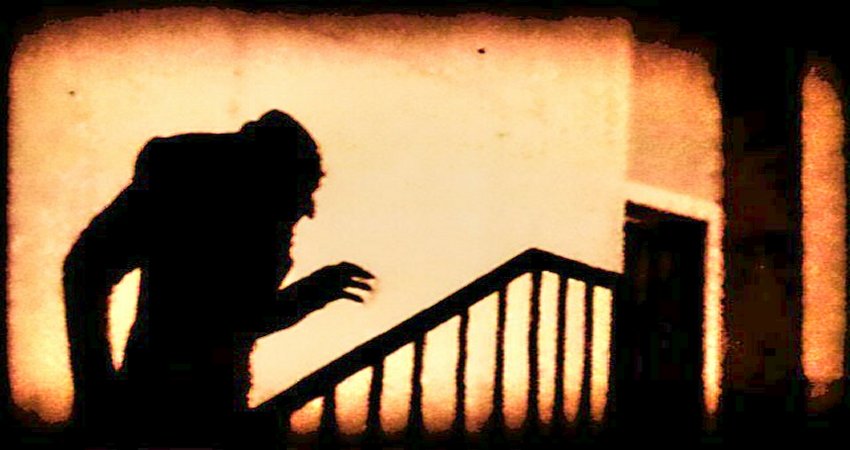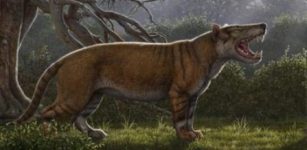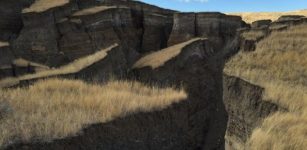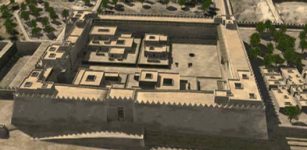Largest Collection Of Ancient “Cup-Marked” Rocks Ever Found In Scotland
MessageToEagle.com – There are many beautiful cup-marks in Scotland. These very ancient carvings are the key to ancient art of our ancestors.
These strange marks have puzzled both researchers and layman alike for more than a century.
David R. Cowan is an author of a fascinating book “ Ley Lines and Earth Energies: A Groundbreaking Exploration of the Earth’s Natural Energy and How It Affects Our Health” and an independent researcher and dowser with over 20 years experience.
He has investigated countless cup-marks during his over 30 year long research into the earth energy lines of the British landscape.
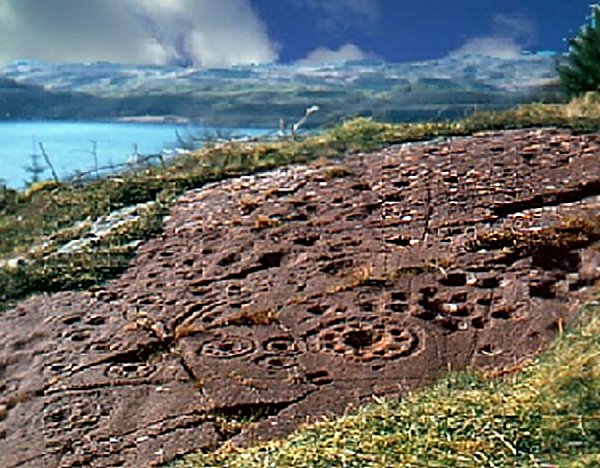
These carvings represent a true mystery. More than one hundred theories regarding the reason behind cup-marks have been proposed and as Cowan says “these include a belief in magic, in the afterlife, use as a tuning device and a plan for Megalithic structures.” And as he says, “each of these theories appears to have an element of truth in it.”
From time to time, researchers are able to deliver some clues, which might lead to the rediscovery of the reason behind this very ancient and still mysterious art, but cup-marks still remain a mystery.
Not long ago, an amazing ancient collection of 28 carved rocks has been discovered by amateur archeologist Douglas Scott, 64, from Tain.
This is the largest known concentration of cup-marked stones so far found in the north of Scotland.
The carved rocks, some almost 10 ft across have been found in the Highlands on a remote hill overlooking the Cromarty Firth.
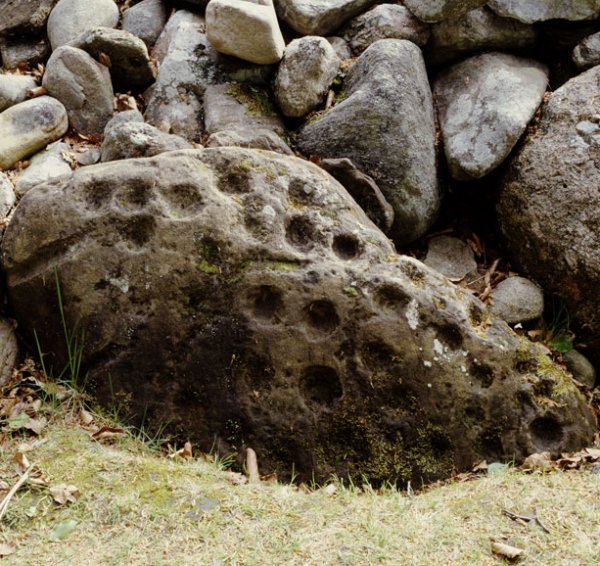
‘Cup-marks’ are simple, roughly hemispherical depressions of about 2-10 cm diameter and up to 3 cm depth on the surface of many megaliths and on a number of separate ‘cup-marked stones’.
Cup-marks often appear in groups which can consist of more than one hundred marks on a single stone.
The carvings are about 5,000 years-old and it is believed that they were part of an important ritual centre where ancient people worshipped the sun and performed rites connected to the underworld.
In an interview with the Scotman, Mr. Scott explains “that the first carved rocks on Swordale Hill – Druim Mor in Gaelic were discovered in 1985 by some farmers. A year later, he and and Bob Gourlay, then the Highland regional archaeologist, scoured Swordale Hill and recorded and photographed another 14 cup-marked rocks on the ridge.
The mysterious standing stones, burial grounds and stone circles that lace Europe, the British Isles and other areas have intrigued scientists, writers, artists and travellers through the centuries. They pose so many questions: Why do some places feel special? How do ley lines work? How did our ancestors use Earth energy to map their sacred sites and burial grounds? How do ghosts and poltergeists interact with Earth energy? How can Earth spirals and black spots affect our health? This exploration shows how natural forces affect our behaviour, how they can be used to enhance our health and well being, and ultimately, how they bring us closer to penetrating one of the deepest mysteries being explored. A fascinating and visual book about subtle earth energies and how they affect us and the world around them. Read more
Mr Gourlay has since died and Mr Scott has completed the task of searching the entire hilltop and has now photographed and recorded 28 carved rocks across the site.
He said: “The finding of up to 28 cup-marked rocks on Druim Mor makes this the largest concentration of cup-marked stones so far found in the north of Scotland.
Cup-marked stones are not unique but this is the biggest concentration found in this area and that is quite significant in itself because no-one knew these monuments were up there.”
Mr Scott added: “The carvings on the rocks are anywhere between 4,000 and 5,000 years old and comprise hollows, some surrounded by rings, and grooves which all line up to where the sun rises in midwinter.
There is a concentration of them, spread across 150 metres.”
There is also a chambered burial cairn and a circular ditch, possible evidence of an ancient henge, on the hill.
“From the ridge, there are wide views across the fertile lands of the Cromarty Firth, the Black Isle and the distant Cairngorms. According to Gaelic folklore, these ancient people believed that the sun was rising and setting in the underworld.
“They would carve these cup marks into the rock at the times when the sun was coming up, out of what they believed was the underworld,” Mr Scott said.
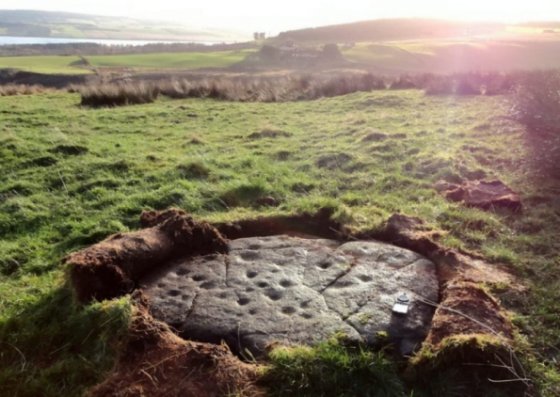
He said cup marks can be found throughout Europe, where they are associated with carvings of the sun, solar chariots and boats – the latter believed to carry souls of the dead to the underworld.
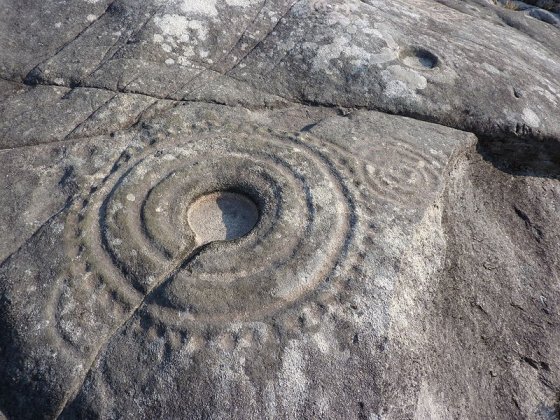
“The position of the cup marks, between the passage cairn and the henge, suggests that this was one of the most important ritual sites in the area,” Mr Scott added.
See also:
Callanish Stone Complex : Sacred Place On The Isle Of Lewis In Scotland
Incredible 5,000-Year-Old Temple Complex In Orkney Could Re-Write History Of Scotland
Similar cup-marked stones have been discovered mostly mainly in Atlantic Europe (Northern England, Scotland,Ireland, Brittany, Portugal and, North West Spain and Mediterranean Europe (North West Italy, Thessalia Central Greece, Switzerland) although similar forms are also found throughout the world including Mexico, Brazil, Greece, and India where the oldest cup marks so far recorded are to be found in the Paeleolithic cave shelter site of Daraki-Chattan.
Cup-marked stones do generally not appear outside the distribution areas of megaliths, but when they appear on graves or stones nearby might have been signifiers of larger cosmological interrelations between monuments, living people, the landscape, the gods and the ancestors.
Copyright © MessageToEagle.com. All rights reserved. This material may not be published, broadcast, rewritten or redistributed in whole or part without the express written permission of MessageToEagle.com

